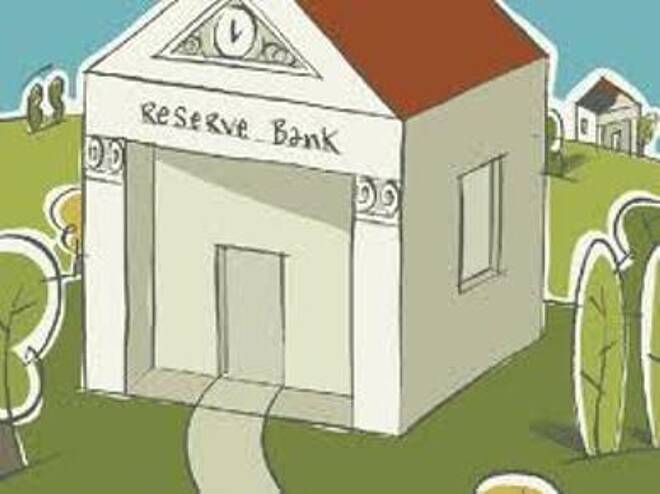Advertisement
Advertisement
Central Banks Dominate Market Attentions
By:
If there has been a constant theme for markets in recent weeks, it has been one of pessimism tempered by rebounding prices across multiple asset classes.
If there has been a constant theme for markets in recent weeks, it has been one of pessimism tempered by rebounding prices across multiple asset classes. The anniversary of the current U.S. bull market received little fanfare this past week, as concerns over Federal Reserve policy signals from the upcoming meeting on Tuesday and Wednesday and macro risk factors cast a long shadow. The European Central Bank’s move to cut key rates and buy more bonds did eventually cheer markets, however, after initial economist and investor apathy over. The euro fell like a dud as the statement was released to trade at 1.0823 only to recover to touch a high of 1.1271 and closed the week at 1.1148. The euro added 8 points in the Asian session to reach 1.1156.
After stronger-than-anticipated employment data for February, the upcoming Federal Open Market Committee announcement is the subject of much debate among economists and strategists. While few expect that the Federal Reserve will move rates this meeting, the expectations that events abroad would moderate the FOMC rate hike projections have dissipated in the face of improving fundamentals. If the FOMC concludes that the U.S. economy is nearly balanced, markets will likely react to price in a June rate hike. The US dollar heads into the new week at 96.23 much weaker than is has been sitting.
This week the Bank of Japan meeting will conclude on Tuesday the day before the Fed but it will probably be overshadowed even though the economics calendar is bear. The European Central Bank delivered its promise to “do whatever it takes” and surprised the markets with more monetary easing.
The ECB lowered interest rates with both the Deposit Rate and Refinancing Rate by 10 basis points to -0.40% and 0% respectively. It increased its asset purchase from 60 billion euro a month to 80 billion and decided to include non-financial investment grade credit in its monthly purchases to loosen bond market liquidity.
The market liked it initially, with the euro moving as low as 1.08. But as Mario Draghi was talking, the euro bounced back to 1.12. The euro held its gain this morning at 1.118. The market caught Draghi’s comment that the ECB doesn’t “anticipate that it will be necessary to reduce rates further.” This is very different from the previous “whatever it takes” attitude.
So just like the Bank of Japan, this round of ECB easing did not have the intended effect, either. One thing the BoJ can observe from the ECB is how this QE package can incentivize banks to increase lending to households and corporations. The ECB said it will pay banks to make loans. Starting this June, banks can borrow, through tenders, up to 1.7 trillion euro. In two years’ time, the ECB will pay them 0.4% on their borrowings if they have increased lending by at least 2.5%.
One caveat is demand. Banks in Japan and Europe are more than happy to lend but there is not enough interest from households and businesses in taking out loans. In Japan, loan to deposit ratios at the megabanks are only around 65%. The Japanese yen will enter the all-important week trading in the upper 113.7 range. The BOJ has been on a difficult mission for the past three years to beat deflation and stagnation in manufacture inflation and growth. They’ve done neither, and the data in the past month has nothing but further hammer that message home.
Also on the calendar this week is the Swiss National Bank and the Bank of England, there is no action expected at either meeting.
About the Author
Barry Normanauthor
Advertisement
